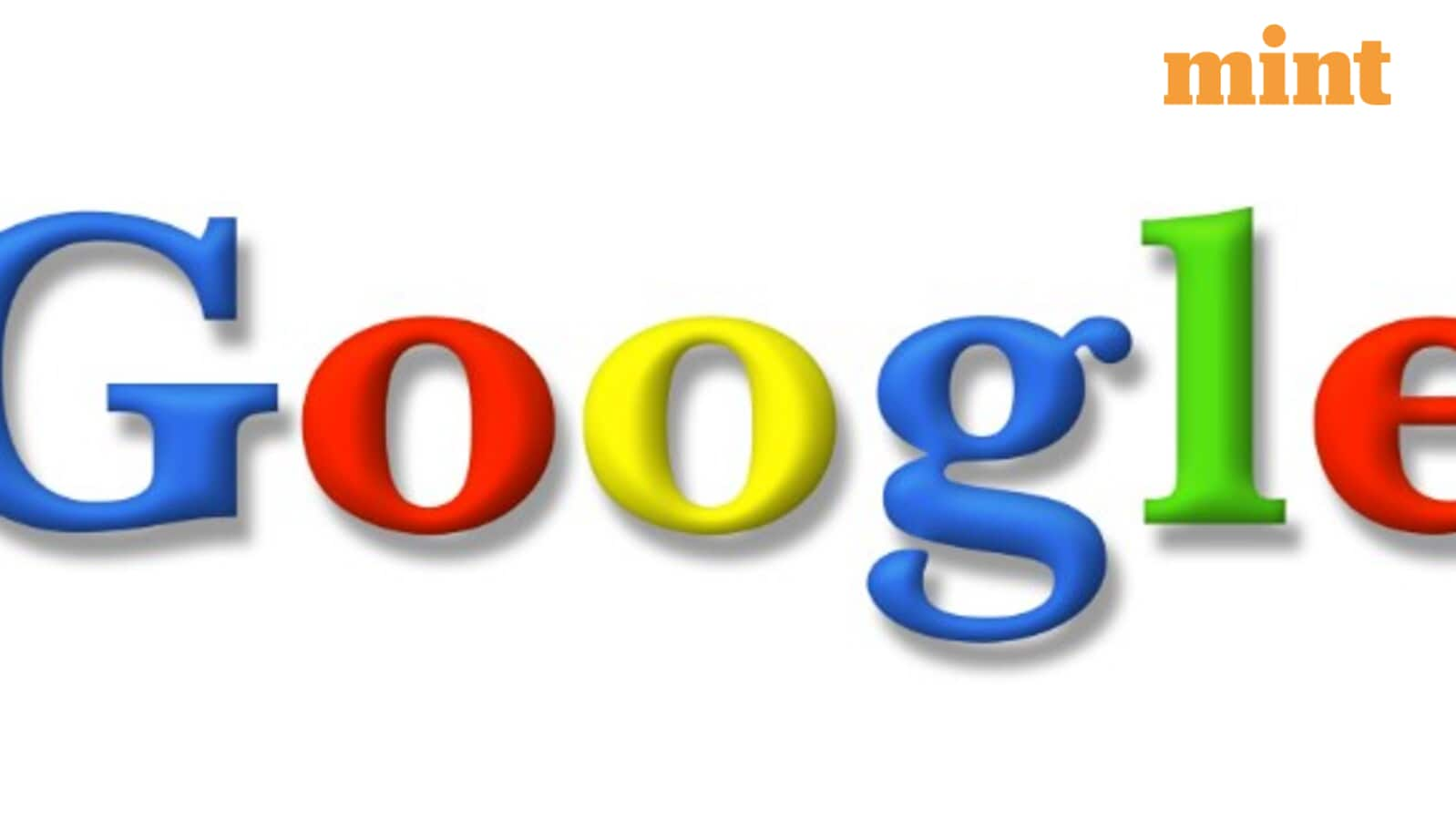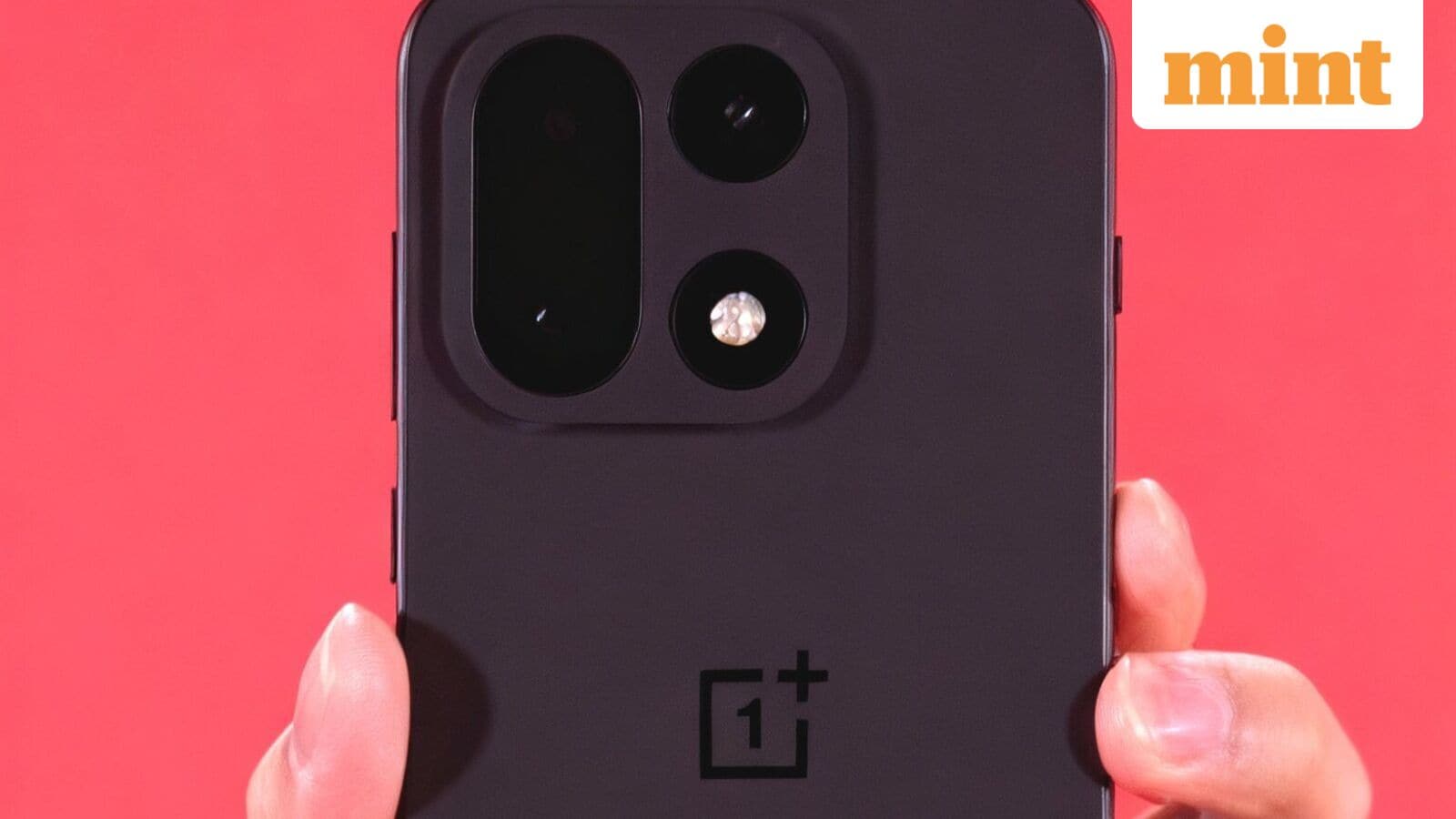Untold story of Google’s green ‘L’ – A 27-year-old design blunder or hidden genius?

Tech giant Google is celebrating its 27th birthday on Saturday (September 27, 2025). The company was founded in 1998 to organise data and information and make it accessible to users worldwide.
Celebrating with a special doodle
Today marks 27 years since the California-based company began its journey, and to celebrate, Google has unveiled a special Doodle. Reflecting on its origins as a small research project in a garage, the company highlights how remarkable innovations can emerge from the most modest beginnings. The Doodle showcases Google’s very first logo from 1998, offering a nostalgic glimpse into the ’90s while also inviting users to explore the company’s latest advancements in AI, according to a blog post by Google.
Why is the “L” Green?
It is a detail that often goes unnoticed, yet every other letter in the logo uses a primary colour and this was not by chance.
The design was intentional, giving the logo a unique twist that has helped it become one of the most recognisable symbols in the world. Chances are, you encounter it several times each day.
The Colour Pattern behind the logo
The majority of the letters follow primary colours: two blues, two reds, and one yellow. But the green “L” breaks the pattern, signalling that Google likes to think differently and does not always play by the rules.
“There were many colour iterations,” explained graphic designer Ruth Kedar in an interview with Wired more than twenty years ago. Interestingly, Google also famously encased its first server at Stanford University in Lego blocks in blue, red, and yellow.
Before settling on the current design, Google experimented with several arrangements. An earlier version had a green G and L, a red O and E, a yellow O, and a blue G. Even an initial draft included three red letters (G, O and E), a blue O, a green G, and a yellow L, which was considered rather unattractive.
In the end, the designers chose the primary colours but deliberately placed a secondary colour on the “L,” reinforcing the idea that Google does not always follow the rules.




